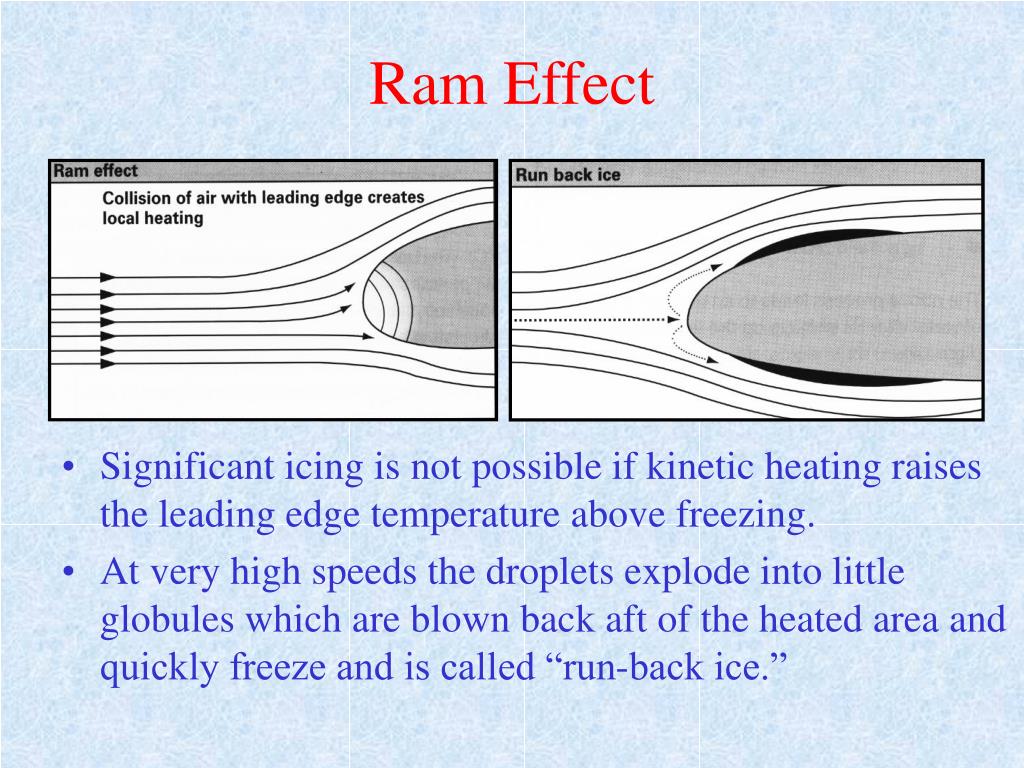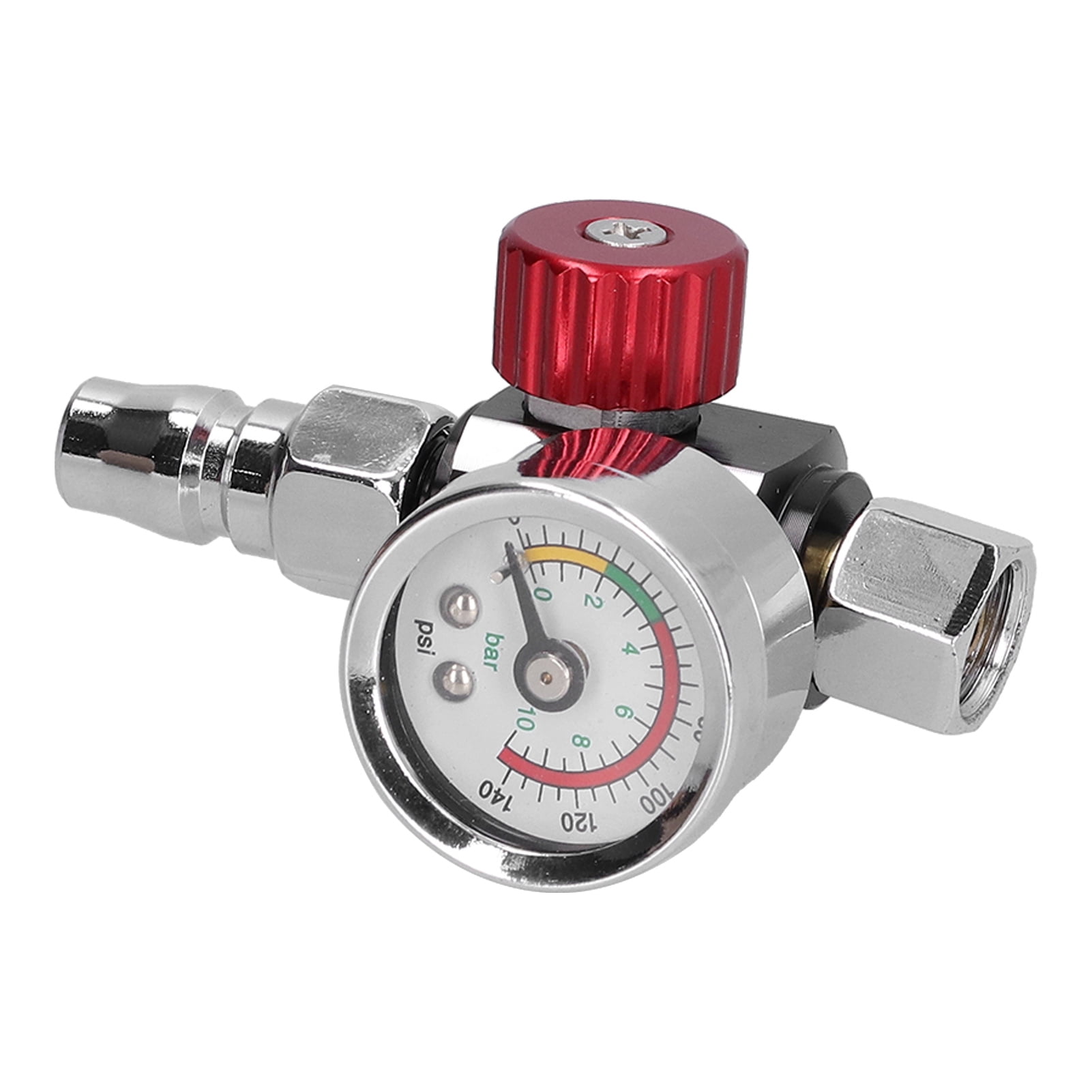
In our attempts to enhance radiative cooling by adopting a colder ICM of T = 10 6 K, only a few additional stars are formed in the tail region, even if the amount of newly cooled gas increases by an order of magnitude.
#RAM PRESSURE EFFECT STARS PC#
Dense gas clumps with N H 10 M pc −2 are easily identified in extraplanar regions, but no significant young stellar populations are found in such clumps. These three galaxies show clear evidence of ram pressure stripping due to the cluster medium as found in previous H I imaging studies. In contrast, strong winds rapidly blow away neutral and molecular hydrogen gas from the galaxy, suppressing the star formation by a factor of two within ∼ 200 Myr. Moderate ICM winds facilitate gas collapsing, increasing the total star formation rates by ∼ 40% when the wind is oriented face-on or ∼ 80% when it is edge-on. HI and H 2 in the outer galactic disk are significantly stripped in the presence of the moderate winds, whereas turbulent pressure provides support against ram pressure in the central region where star formation is active. We find that both star formation quenching and triggering occur in ram pressure-stripped galaxies, depending on the strength of the winds.



We carry out radiation-hydrodynamics simulations of an isolated disk galaxy embedded in a 10 11 M dark matter halo with various ICM winds mimicking the cluster outskirts (moderate) and the central environment (strong). Abstract : We investigate the impact of ram pressure stripping due to the intracluster medium (ICM) on star-forming disk galaxies with a multi-phase interstellar medium (ISM) maintained by strong stellar feedback.


 0 kommentar(er)
0 kommentar(er)
